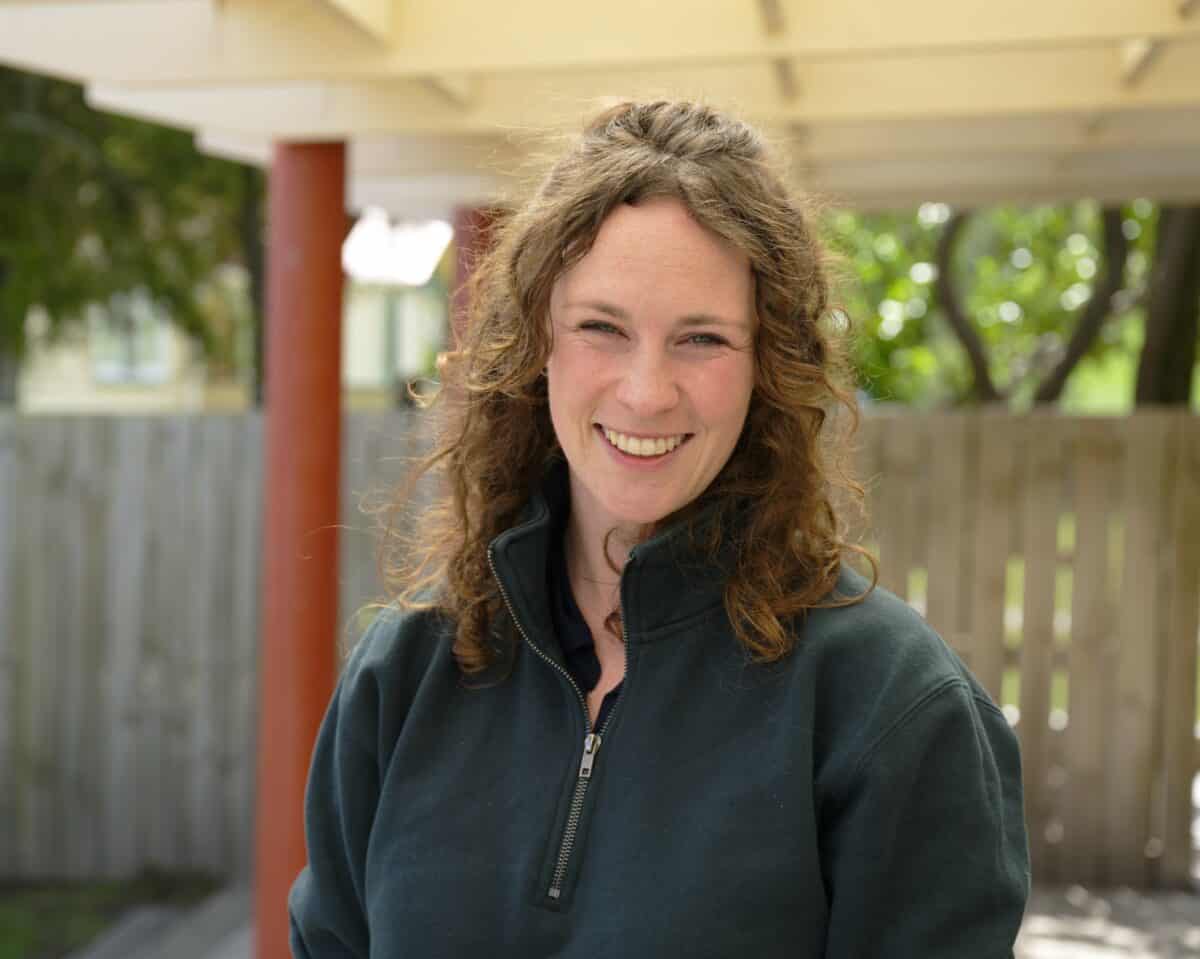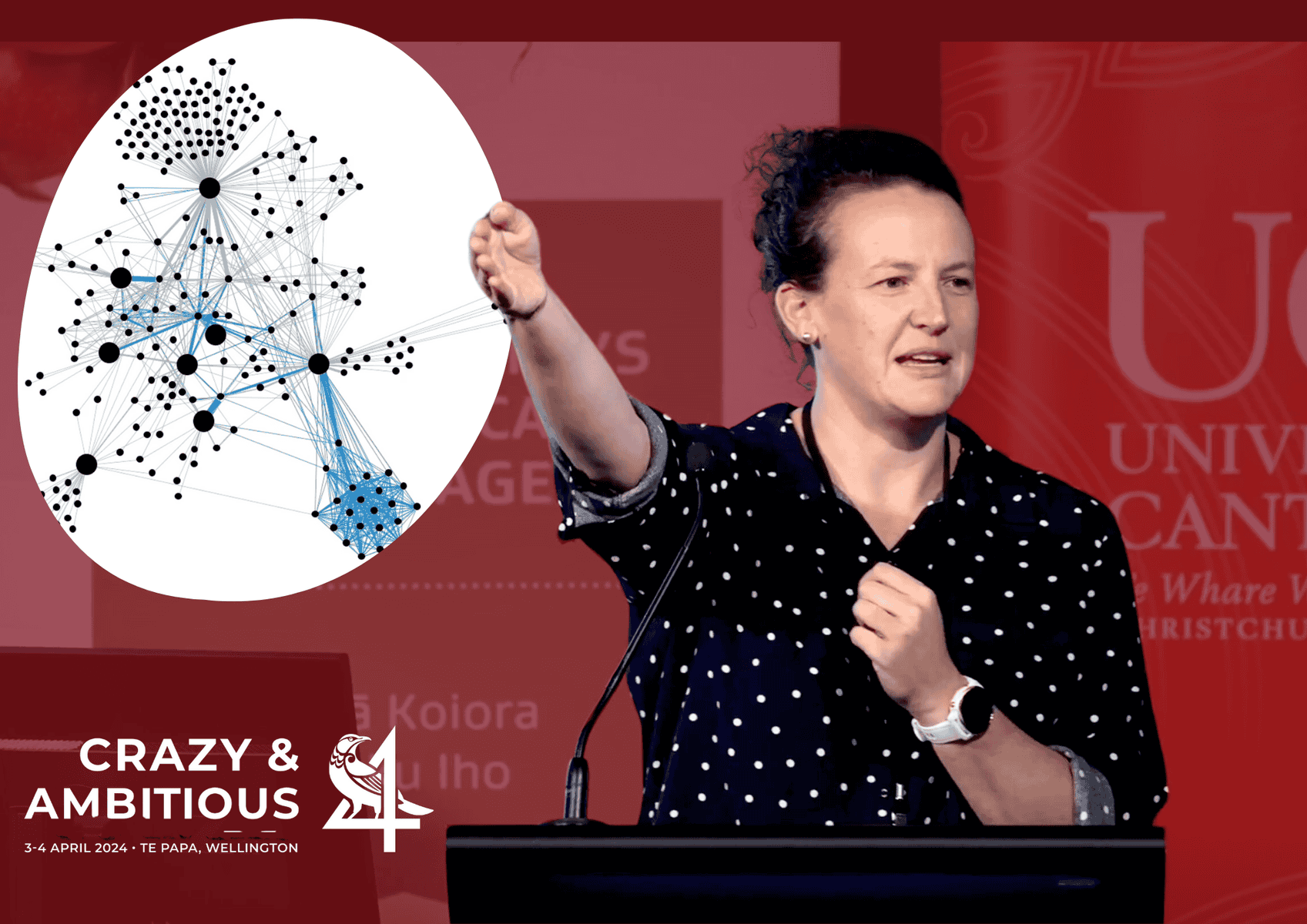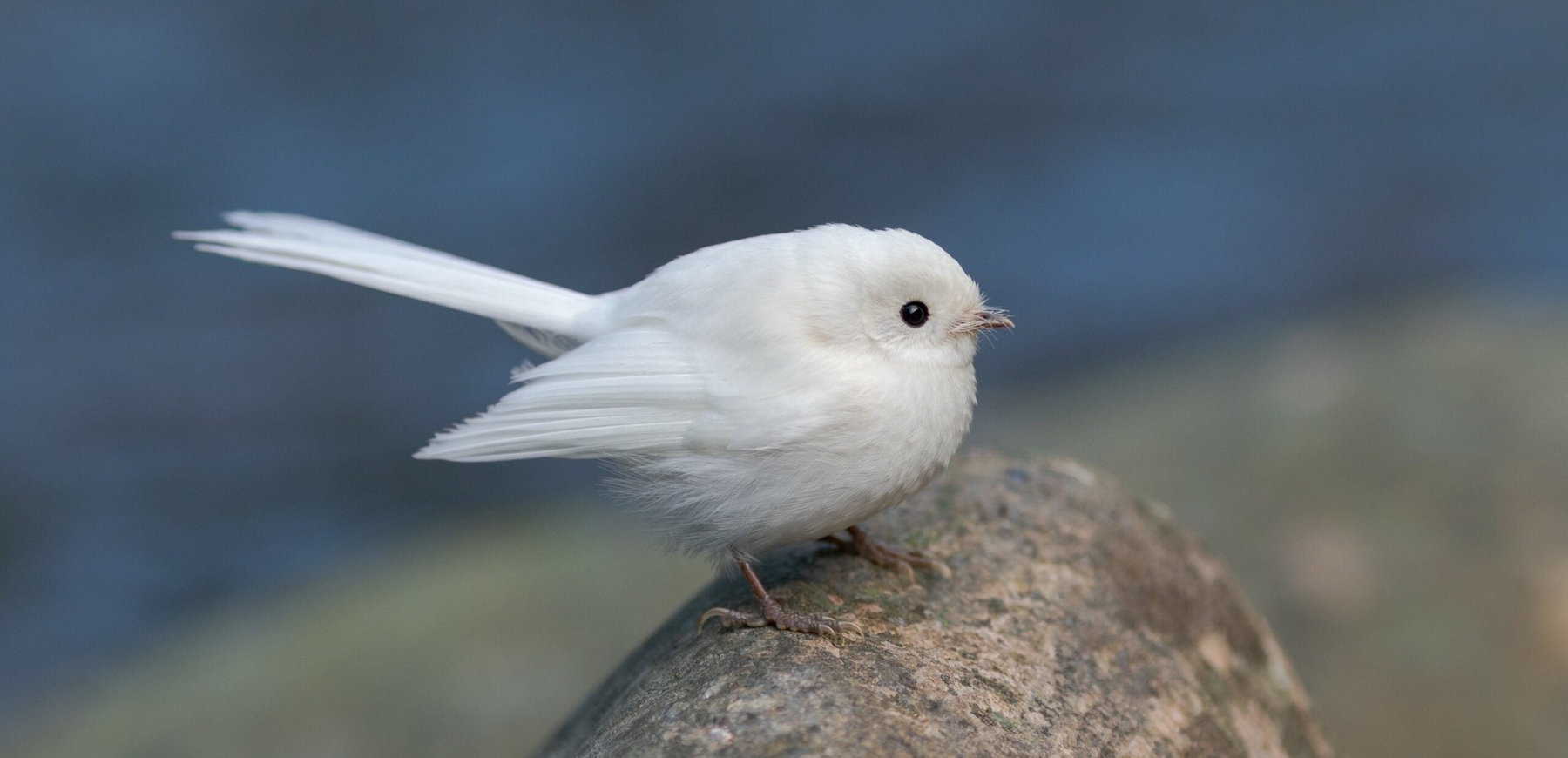BioHeritage, like the other National Science Challenges, started out as an experiment in mission-led research. As with any good experiment, a key step is to reflect on the process and outcomes, so that any lessons learned can be carried into the future.
In 2022, a project idea to ‘science the science’ was spun out of a series of conversations between BioHeritage researchers and leadership. The resulting team – Helen Warburton (co-lead), Aisling Rayne (co-lead), Zoe Hamilton, Kerri-Anne Edge, Susanna Finlay-Smits, Maureen O’Callaghan, Duane Peltzer, Symon Palmer, and Catherine Febria — developed a workplan to investigate what it meant for BioHeritage to ‘do science differently’, and to understand how this approach was shaping research outcomes.
“With National Science Challenge funding disappearing for the foreseeable future, it seems more important than ever to ensure that learnings and experiences from BioHeritage are recorded to help inform future research,” said Aisling. “We’re especially fortunate to be able to build on Ronlyn Duncan’s study of BioHeritage’s co-design processes and a previous Ngā Pī Ka Rere survey.”
The team has spent the last 18 months analysing and collating data from the quarterly and annual reports of research teams across the Challenge, as well as interviewing a range of people in BioHeritage.

While the full results are still being written up for publication, Helen was able to present preliminary findings at BioHeritage’s concluding conference, Crazy & Ambitious 4, in April. The key points are described in a policy brief, Doing Science Differently: Lessons from the BioHeritage National Science Challenge.
Diverse teams, connections and outputs
The project’s findings show that BioHeritage is made up of diverse teams and a highly connected network involving over 250 external parties.

“To me, this network looks incredible,” said Helen. “But even then, it is an absolute underestimation of the Challenge as a whole. It doesn’t include connections made in the last year, Tranche One, or the wider work that’s happening in the Challenge beyond the eight Strategic Outcomes.”
Another striking finding was the diversity of outputs produced by research teams, which included artworks, documentaries, briefings, databases, websites, podcasts, theses, reports, events, community resources, newsletters, social media, and presentations. Publications made up less than a sixth of these.
“That’s not to say we’ve been underdoing the publications,” says Helen. “It’s that we have been over-achieving on all these other kinds of outputs, which are a really important part of research impact but are often undervalued.”
Many of these diverse outputs have been profiled in BioHeritage newsletter stories. You can browse through them all here.
Looking to the future
From a BioHeritage perspective, the mission-led ‘experiment’ of the National Science Challenges certainly seems to have created a research environment which looks and feels different. But it’s not clear what will come next.
“It’s bittersweet to see these patterns and to hear people’s stories as we approach the end of National Science Challenges with no further funding in sight,” says Aisling. “Our overall sense is that BioHeritage has provided a highly enabling space for community-focused, Te Tiriti-based research – and helped to foster a whole cohort of collaborative and highly-skilled people along the way.”
The research team hopes their work will help these kinds of collaborations and approaches to thrive in future years.
“The challenge facing all of us is to find ways of sustaining people, relationships and knowledge through the current funding environment, so that they can flourish again in the future,” says Aisling.
A full research paper is currently in preparation. For a more in-depth look at ‘Doing science differently’, including the fascinating data imaging, and important recommendations, you can access the policy brief here. You can also watch a recording of the ‘Doing science differently’ presentation here. The team also welcomes any feedback, questions or thoughts regarding this work – please contact Helen () or Aisling ().
Kerry Donovan Brown
